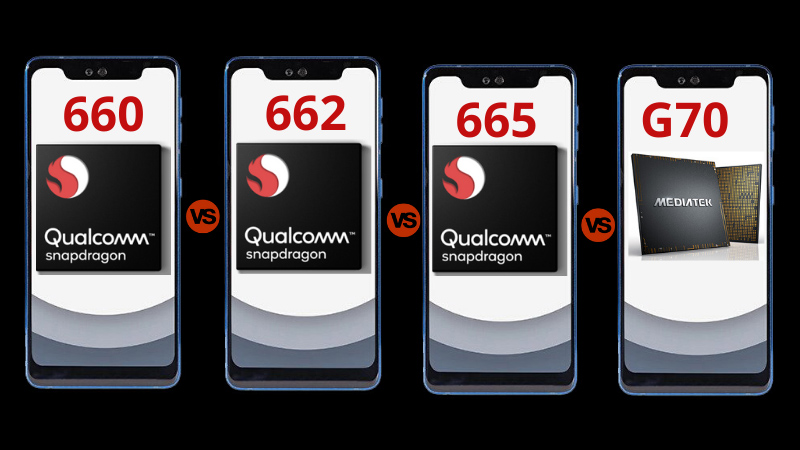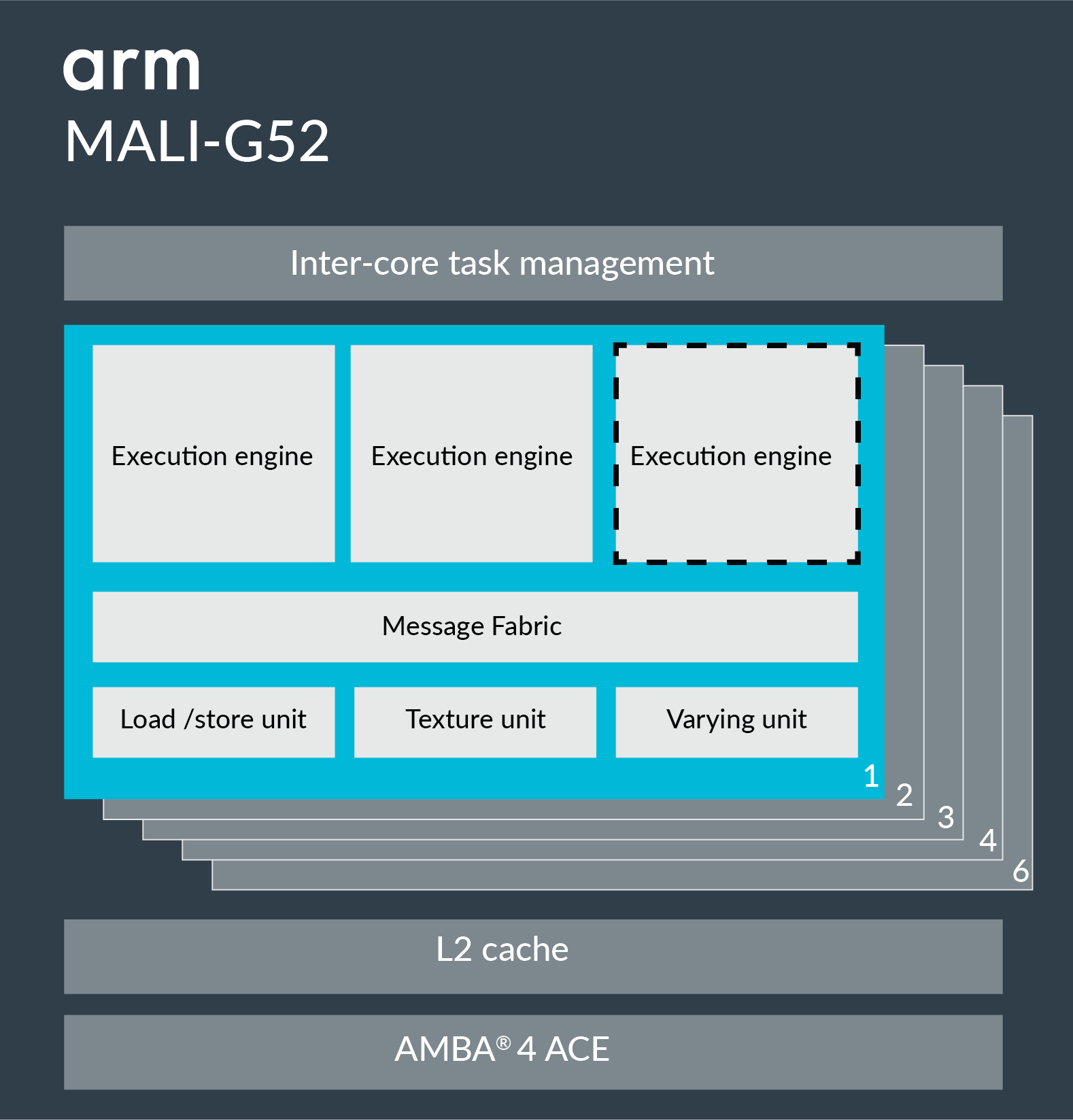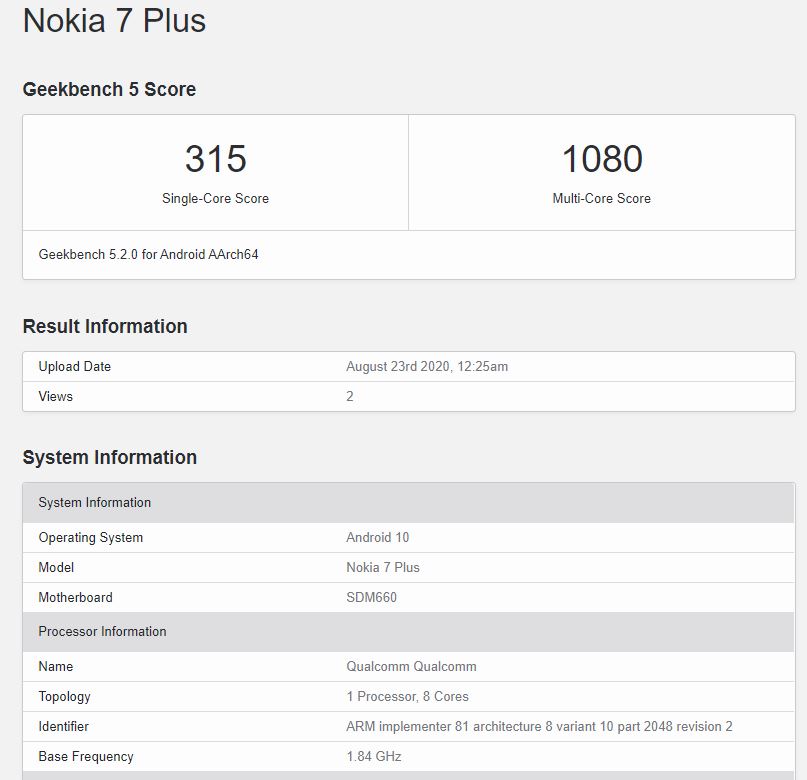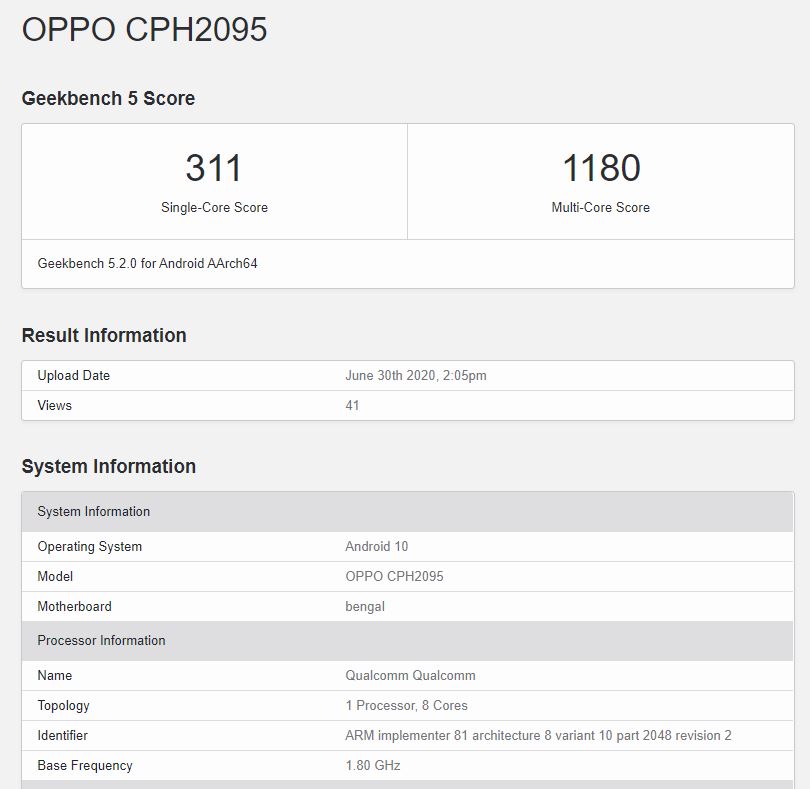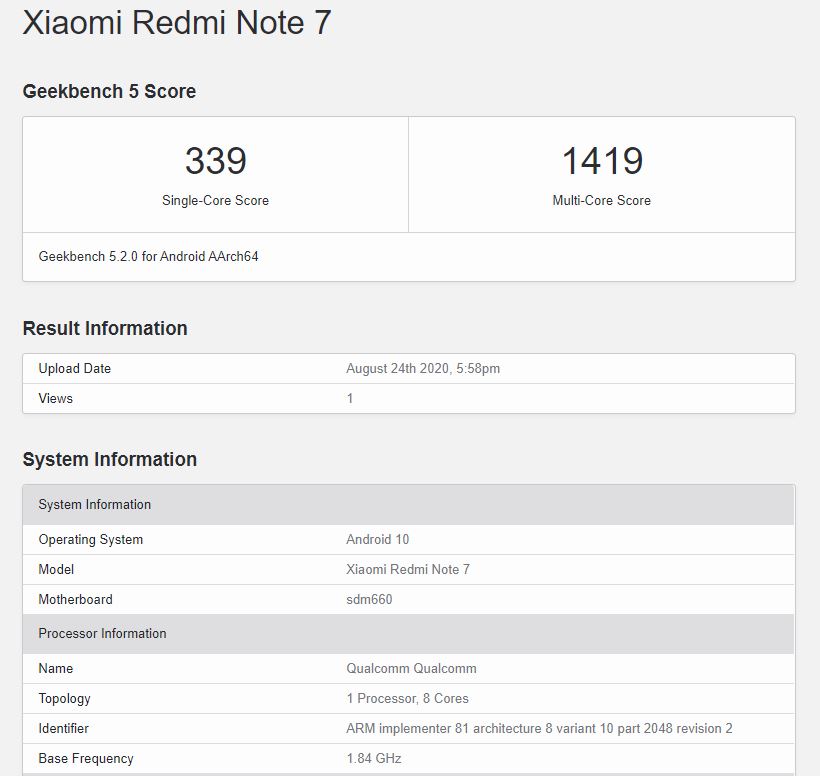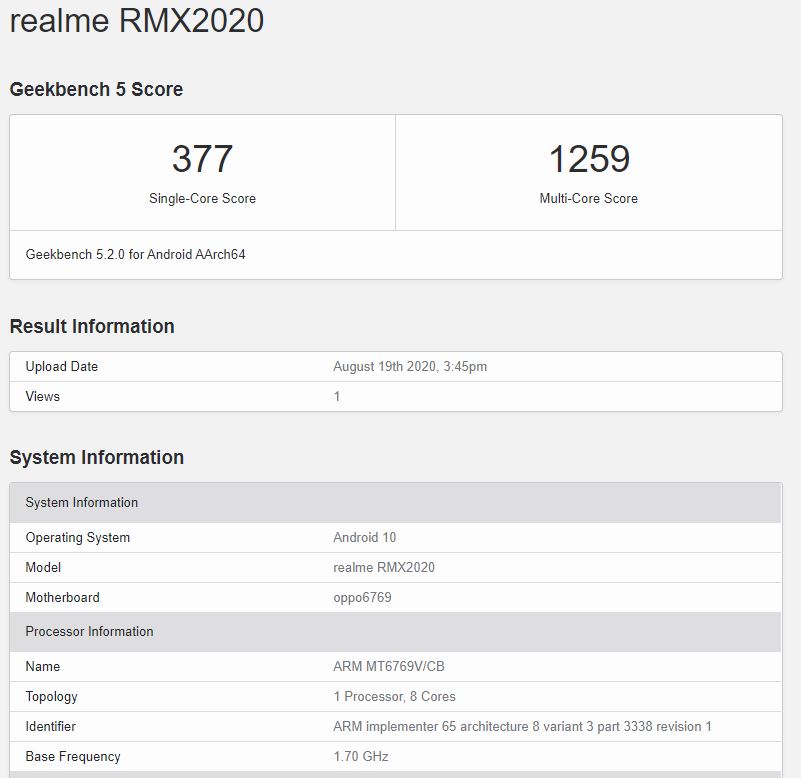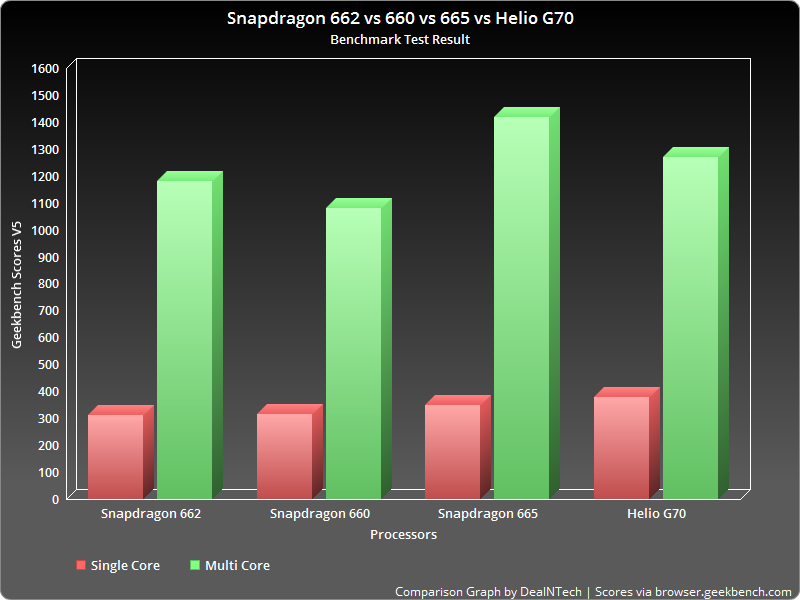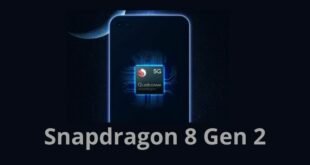Qualcomm always has something for the mid-range segment devices. They have recently launched several chipsets in the 600 series, targeting specifically a specific smartphone audience. A most recent addition to Qualcomm in this series is the Snapdragon 662, which comes with WiFi 6 and NavIC, which is ISRO’s improved version of GPS developed specifically for India.
In terms of terminology, it is called the 662, so we can expect somewhat similar performance to the Snapdragon 660 and Snapdragon 665. But how much are these three different and the same as each other? Let’s look at it in this article to get a clear picture of where all these Qualcomm mid-range chips lie. In addition to these three, we will also look at the MediaTek Helio G70, which also targets the similarly priced smartphone audience, to see how MediaTek fairs against its Qualcomm counterparts in this segment.
Snapdragon 662 vs 660 vs 665 vs Helio G70 Comparision
Manufacturing Process
Both Snapdragon 662 and 665 are built on an 11 nm fabrication, making them the most power-efficient of the bunch. Following them is MediaTek’s Helio G70 with a 12 nm fabrication process. The difference between these is not much in real-life usage. However, the older Snapdragon 660 is built on a 14 nm fabrication process, which just makes it inferior as compared to others.
CPU Core Configuration
Regarding the CPU configuration, all four cores have a 64-bit octa-core design. All three Snapdragon processors have four Kryo260 Gold Cortex-A73 cores and four Kryo260 Silver Cortex-A53 cores. Both the Snapdragon 665 and 662 have their gold cores clocked at 2.0 GHz, while their silver cores are clocked at 1.8 GHz. Whereas with Snapdragon 660, we have the gold cores clocked at 2.2 GHz and the silver cores clocked at 1.8 GHz. The Helio G70, on the other hand, has two Cortex-A75 cores clocked at 2.0 GHz and six Cortex-A53 cores clocked at 1.7 GHz. The A75 on the MediaTek over the A73 on the snapdragon chips is a big improvement, which gives the G70 the edge regarding the performance of these four cores. Even though both the 662 and 665 have the same configuration, the fabrication process makes a difference. The 660 has a higher clock speed than the 662 and 665, but its older fabrication keeps it inferior to the others.
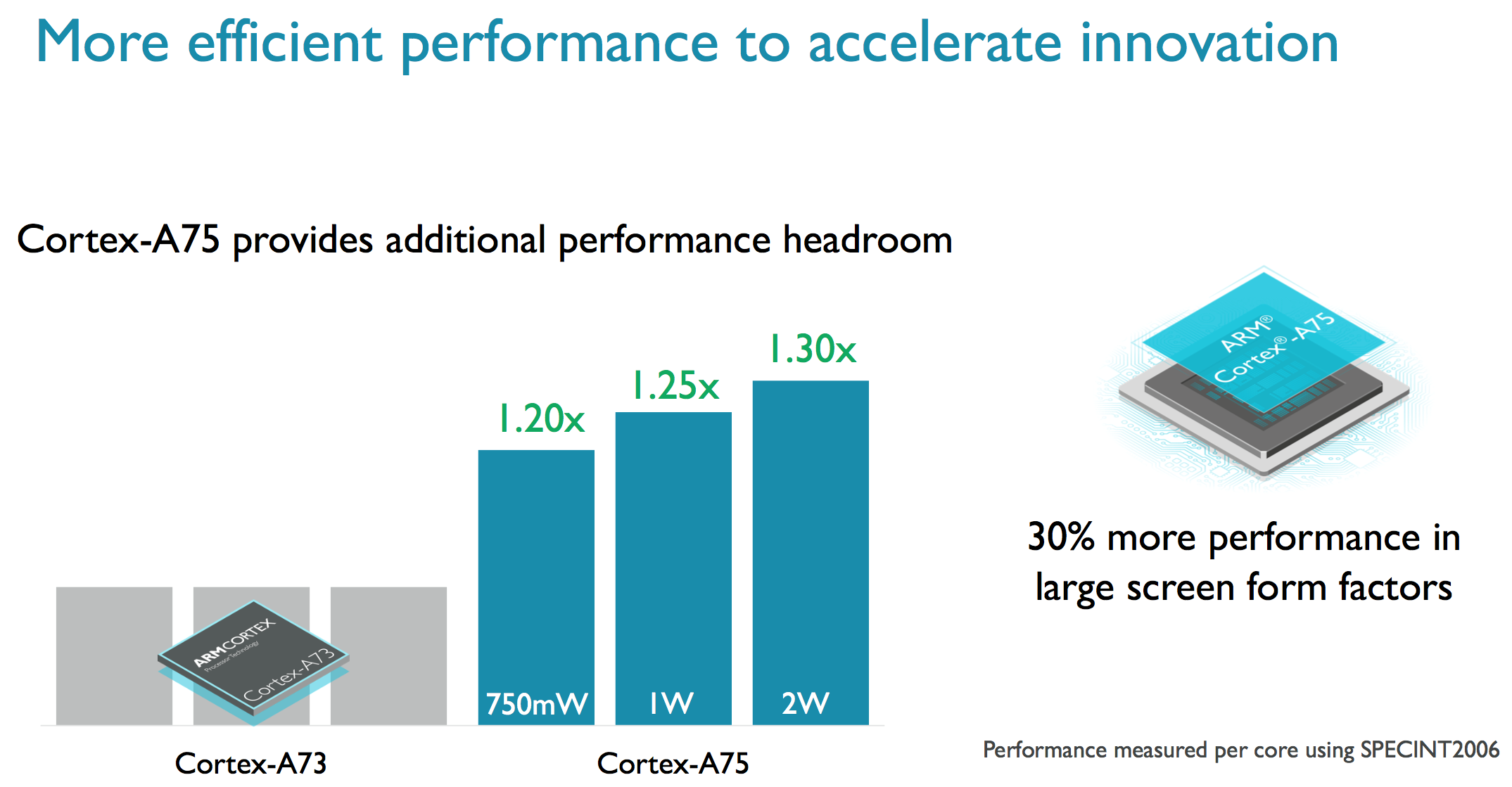
Graphics Processing Unit (GPU)
Regarding GPU, with the Snapdragon 660, we see the old Adreno 512. This was enough at a time for non-hardcore gamers in the mid-range segment. However, now, with the 662 and 665, we get the Adreno 610, which is too big of an improvement over the 512. The Helio G70, on the other hand, is ahead of all with its Mali-G52 2EEMC2 GPU with 825MHz clock speed. This gives the Meditek chip an advantage in gaming as compared to the Qualcomm counterparts. The G70’s GPU easily outperforms Adreno’s 610 and 512.
AI Engine
The older Snapdragon 660 packs a basic DSP, the Hexagon 660 DSP, and it misses out on a number of new features. Certain AI features like the Vector eXtensions (HVX) and Neural Processing SDK are missing. However, they are there in the hexagon 683 DSP and hexagon 686 DSP present in Snapdragon 662 and 665, respectively. Even though the performance in this criterion between 662 and 665 is quite similar, but the difference between the 660 and 665 is quite evident.
The DSP on the Helio G70 is unnamed from the company. However, it is found to be quite similar to the Snapdragon 665’s 686 DSP performance, just followed up by the Hexagon 683 DSP of the 662. The 660 is quite below all these three other DSPs.
Camera Department
The Spectra 160 ISP seen on the 660 is the oldest and the most basic of the bunch, whereas the next version, Spectra 165 ISP found on the 665, provides a maximum expanded single camera support of up to 48 MP. In contrast, the Spectra 350L ISP provides maximum single-camera support of up to 192 MP.
The Spectra 160 ISP supports a single camera of up to 24 MP. And finally, the Helio G70 packs in an unnamed ISP that provides single camera support of up to 48 MP. All four of the processors have dual-camera support of up to 16 MPs each.
All the snapdragon chips support 4k video recording at 30 fps, while the MediaTek chip maxes out at 2k at 30 fps.
Display and Memory
The Snapdragon 662, 665, and Helio G70 support up to Full HD resolution. The older Snapdragon 660 supports a 2k display, which is quite bizarre to expect in a mid-range device. Regarding storage, the 662 and 665 support eMMC5.1 and UFS 2.1. The Helio G70 has the support of UFS 2.0 along with eMMC5.1. The older 660 supports only the eMMC5.1 storage type. For RAM, all four of these processors support the LPDDR4x version RAMs with a maximum frequency of 1866MHz.
Connectivity
The Snapdragon 660 and 665 houses the Qualcomm X12 LTE modem, which supports 4G connectivity with 600 Mbps download speed and 150 Mbps upload speed. The Helio G70 unnamed modem only has a maximum download speed of 300 Mbps and an upload speed of 150 Mbps. The newer 662 has the Qualcomm X11 modem, which provides a download speed of 390 Mbps and an upload speed of 150 Mbps. All four of them are, of course, 4G modems, but the newer Snapdragon 662 is the only processor that has support for WiFi 6 and NavIC.
Which one is the Better Processor?
As per the Geekbench V5 listing, Snapdragon 662, 660, 665, and Helio G70 have managed to score 311, 315, 339, and 337 points respectively. In the multi-core test result, these SoCs scored 1180, 1080, 1419, and 1119 points, respectively.
As per Geekbench multi-core test scores, Snapdragon 665 is the clear winner. Helio G70, Snapdragon 662, and Snapdragon 660 chipsets are placed in second, third, and fourth position, respectively. However, in the single-core test, Helio G70 beats Qualcomm’s 665, 662 and 660 SoC. So, going by its benchmark scores, it is difficult to choose a winner. It should be noted that these scores don’t necessarily imply any real-world usage capabilities of the chipsets.
The Snapdragon 660 is too old now to feature in a 2020 phone. It is outdated in almost every category of support. The Helio G70 is an interesting offering, though, from MediaTek, as it definitely gives Qualcomm a run for its money in the CPU and GPU department. However, overall, the Snapdragon 662 seems like the best option for the future. The 662 is not bad, but the 665 just falls ahead of it, with MediaTek’s G70 taking the second spot.
Specifications Comparision Table
| SoC | Snapdragon 660 | Snapdragon 662 | Snapdragon 665 | Helio G70 |
| Process | 14nm | 11nm | 11nm | 12nm |
| Core Configuration | 4x 2.2 GHz Kryo 260 Gold - Cortex-A73 + 4x 1.8 GHz Kryo 260 Silver - Cortex-53 | 4x Kryo 260 Gold 2.0 GHz Cortex-A73 + 4x Kryo 260 Silver 1.8 GHz Cortex-A53 | 4x 2.0 GHz Kryo 260 Gold - Cortex-A73 + 4x 1.8 GHz Kryo 260 Silver - Cortex-A53 | 2x Arm Cortex-A75 clocked @2.00 GHz + 6x Arm Cortex-A55 clocked @1.7 GHz |
| GPU | Adreno 512 | Adreno 610 | Adreno 610 | Mali-G52 2EEMC2 |
| RAM | 8GB, LPDDR4X | 8GB, LPDDR4X | 8GB, LPDDR4X | 8GB, LPDDR4X |
| Storage | UFS 2.1 / eMMC 5.1 | UFS 2.1 / eMMC 5.1 | UFS 2.1 / eMMC 5.1 | UFS 2.1 / eMMC 5.1 |
| Display | Quad HD+ (2560x1600 Pixels) | Full HD+ (2520x1080 pixels) | Full HD+ (2520x1080 pixels) | Full HD+ (2520x1080 pixels) |
| Modem | Snapdragon X12 DL: 600 Mbps UL: 150 Mbps | Snapdragon X11 DL: 390 Mbps UL: 150 Mbps | Snapdragon X12 DL: 600 Mbps UL: 150 Mbps | Yes DL: 300Mbps UL: 150Mbps |
| ISP | Spectra 160 with 2x ISP | Spectra 340T with 2x ISP | Spectra 165 with 2x ISP | 2x ISP |
| Camera | Single: 25MP with MFNR, ZSL, 30fps or 48MP with MFNR Dual: 16MP with MFNR, ZSL, 30fps | Single: 25MP with MFNR, ZSL, 30fps or 48MP with MFNR or 192MP Dual: 16MP with MFNR, ZSL, 30fps | Single: 25MP with MFNR, ZSL, 30fps or 48MP with MFNR Dual: 16MP with MFNR, ZSL, 30fps | Single: 48MP Dual: 16MP+16MP |
| DSP | Hexagon 660 | Hexagon 683 | Hexagon 686 | MediaTek DSP |
| Charging | Quick Charge 3.0 | Quick Charge 4.0 | Quick Charge 3.0 | PumpExpress |
